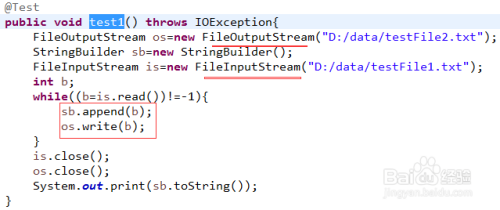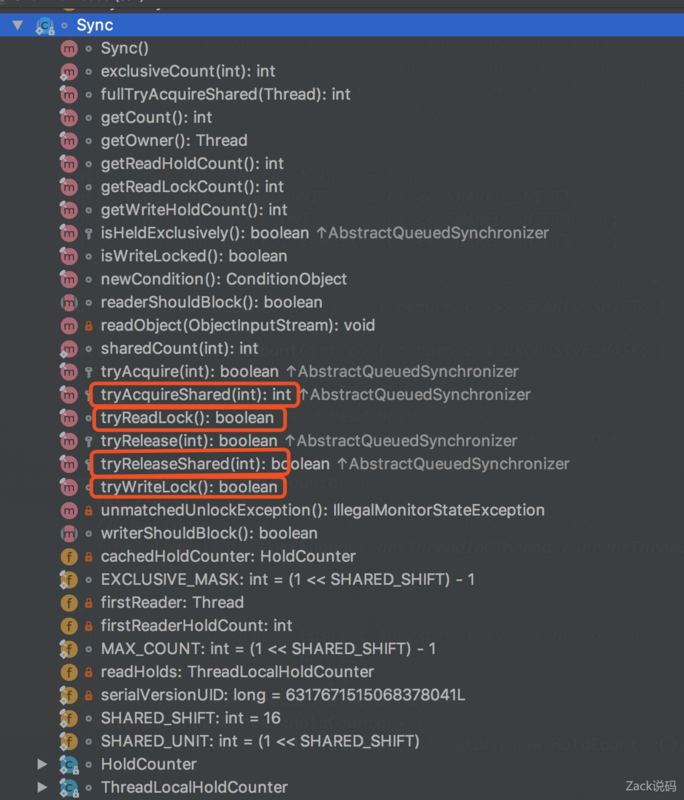Optimizing Read/Write Performance with the Right RAID Level
In the realm of data storage, RAID (Redundant Array of Independent Disks) technology plays a critical role in optimizing read/write performance. The optimal choice of RAID level depends on the specific needs and requirements of the application, as each RAID level offers different levels of reliability, performance, and cost.For applications with high write rates and low seek times, a RAID 0 configuration may be suitable, which provides maximum speed by distributing data across multiple disks. However, this configuration requires equal amounts of space on each disk and can result in data loss in the event of a drive failure.If reliability is a top priority, RAID 1 offers a mirroring option that duplicates data across two or more disks, providing fault tolerance and ensuring data availability in the event of a single drive failure. However, this configuration comes at a cost of increased capacity and complexity.For those seeking a balance between performance and reliability, RAID 5 offers features such as distributed parity checking and striping, which reduce the risk of data loss while maintaining good performance.Ultimately, selecting the right RAID level requires careful consideration of the specific needs and constraints of the application. Whether it's maximizing speed for high-performance applications or ensuring data availability for mission-critical systems, the right RAID level can make all the difference in achieving optimal read/write performance.
Introduction

RAID (Redundant Array of Independent Disks) is a technology that allows multiple physical disks to be combined into a single logical unit, providing increased data integrity and performance. There are several RAID levels available, each with its own advantages and disadvantages in terms of read/write performance, reliability, and cost. This article will explore the various RAID levels in detail and determine which one provides the most read/write performance.
RAID Levels
There are four main RAID levels: RAID 0, RAID 1, RAID 5, and RAID 6. Each level has its unique features and performance characteristics:
1. RAID 0: Also known as striping or disk-level striping, this level distributes data across all participating disks. This results in increased storage capacity and improved read/write performance but reduces data redundancy. RAID 0 requires at least two disks and offers no built-in redundancy.
2. RAID 1: This level creates a mirrored set of disks, meaning that all data is duplicated across both disks. If one disk fails, the other remains operational, ensuring data continuity. RAID 1 offers excellent read/write performance due to the presence of parity information, but it consumes twice the amount of bandwidth compared to RAID 0.

3. RAID 5: This level uses block-level striping and distributes data across three or more disks, including an additional disk for redundancy. The parity information is distributed across all blocks, resulting in improved data integrity but reduced read/write performance compared to RAID 0.
4. RAID 6: This level combines the benefits of RAID 5 and RAID 6 by using block-level striping and distributing data across three or more disks, including an additional disk for redundancy. Like RAID 5, it also uses distributed parity information to ensure data integrity. However, RAID 6 offers slightly better read/write performance than both RAID 5 and RAID 6 combined.
Choosing the Right Raid Level for Best Performance
The choice of raid level depends on the specific requirements of your application, such as data redundancy, performance, and budget. Here's a summary of which raid levels provide the best overall performance:
* For maximum read/write performance, go with RAID 0 if you have enough disks to support it and prioritize availability over redundancy.

* For high availability without compromising performance, choose RAID 1 or use hardware raid cards designed for high write speeds.
* If you need both high performance and redundancy, consider using a hybrid raid setup that combines the best features of multiple levels, such as using a single disk in each mirror for redundancy while still maintaining high read/write speeds.
Conclusion
In conclusion, selecting the right raid level is crucial for optimizing read/write performance while maintaining data integrity and availability. By understanding the tradeoffs between different raid levels and considering your specific needs, you can make an informed decision that meets your requirements effectively.
Articles related to the knowledge points of this article:
JDC Hardware: A Comprehensive Review of its Products and Services
ROOPNARINE HARDWARE: QUALITY AND PERFORMANCE WITH A GLOBAL REACH
Title: Unraveling the Mysteries of Glazing True Value Hardware
AMDECOR HARDWARE: BUILDING MATERIALS AND CUSTOM SOLUTIONS



